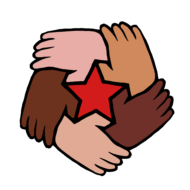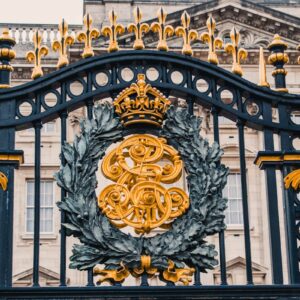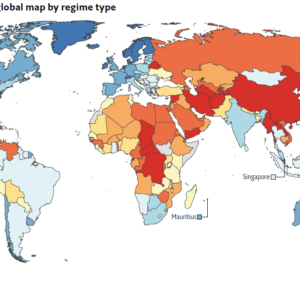Before the socialist revolution in 1959, Cuba was a US puppet state under a dictator named Batista. When the Socialists overthrew him, there were only eight special education schools on the island, educating 134 pupils. These schools were all charity projects, sponsored by wealthy patrons. All that was about to change.
The revolutionary government had a strong commitment to education from the start. Within ten years, there were 50 special education schools. Today there are 357 special ed schools, educating over 35,000 students.
Once the state took responsibility for special education, it set up Centres for Diagnosis and Orientation (CDOs) to assess children and decide which ones needed extra support.
Their approach focuses on identifying a child’s risk factors within a bio-psycho-social model of disability, looking at things like physical impairment, whether the child is developing at an average pace, and factors in the child’s environment that could impair their learning.
Risk factor assessment starts when the parent is pregnant, and continues until the child is of school age, typically around 6 years old.
In the early years, there was only one Center for Diagnosis and Orientation in each province. Today, there are more than 200 spread out across the island.
Not all children with disabilities are identified for special education services before entering school. But if teachers suspect that a student may require extra support, they’ll refer them for special education testing. A team from a CDO may then decide to conduct a comprehensive evaluation by testing the student’s performance across academic, cognitive, and behavioural factors.
If the child is found not to have a disability, the school principal and associated specialists, such as psychologists, provide the teacher with any extra support they need in educating the pupil.
In Cuba, students with special educational needs can be taught in a variety of settings. Most, around 35,000, attend dedicated special education schools, which are designed specifically for their disability. Around 12,000 others attend mainstream schools, but receive extra support while they are there. Those unable to attend school due to their disability are taught by one of the 608 mobile teachers, who travel to their home or hospital.
All students in Cuba follow the same curriculum, with some special education students transferring into general schools once they’re able to cope. However, educators in Cuba believe that learning should be tailored to each individual’s own pace.
The main focus is on making sure that every student achieves their best outcome. For many special education students, this means going to technical colleges. While only four percent of Cubans are disabled, they represent 15 percent of students in escuelas de oficios, which teach the lower tier vocational courses.
Others follow the university track curriculum, and some stay in school until they’re 21, so they can learn the life skills they need to cope in the outside world.
Vocational training starts after ninth grade, for those who go down that route. The courses last between two and four years, depending on the trade and the intensity of the instruction. Typically, courses will start out in the classroom but will soon include apprenticeships in one of the state enterprises that make up the bulk of the Cuban economy.
As smoothly as it was running, the education system has developed some problems in recent years, due to outside pressures.
In between the 1959 Revolution and 1991, the USSR was Cuba’s main trading partner. Cuba has been under Embargo from the United States since 1962. These economic sanctions have cut off the country’s trade with most of the world, so Cuba became heavily reliant on subsidies and trade from the Soviet Union.
When the Soviet Union was dissolved, in 1991, against the wishes of its people, Cuba’s economy was severely damaged. Its GDP shrank by 35 percent in the space of three years.
As a way to adjust, Cuba decided to allow private investment in the tourism industry. But since tourists bring in lots of US dollars, workers in that industry earn more from tips than teachers can make. As a result, many teachers left the education sector to enter the tourist industry.
The Cuban government has taken steps to counter this trend, such as creating a fast track training program for highschool students who want to become teachers. Unfortunately, however, they’re still struggling to recruit as many teachers as they need. It will be interesting to see how the Cuban people counter this trend next.
As we can see, Cuba has created an extensive and inclusive special education system. It takes the education of people with physical, behavioural, and emotional impairments seriously, and is dedicated to helping them achieve their best outcomes. This lines up with Cuba’s overall philosophy, which both envisions a society where everyone can flourish, and sees having a highly educated and developed population as essential for a Socialist society.
References:
An Overview of Disability Identification and Special Education Teacher Preparation in Cuba. (Alexandra Shelton, Jerae Kelly,and Xiomara Sánchez Valdés)
https://www.unicef.org/cuba/en/adolescent-training-vocational-schools
https://www.unicef.org/cuba/en/inclusive-education-in-cuba
https://world-education-blog.org/2020/12/18/education-of-students-with-disabilities-in-cuba/
https://havanatimes.org/diaries/elio/special-education-in-cuba/amp/





